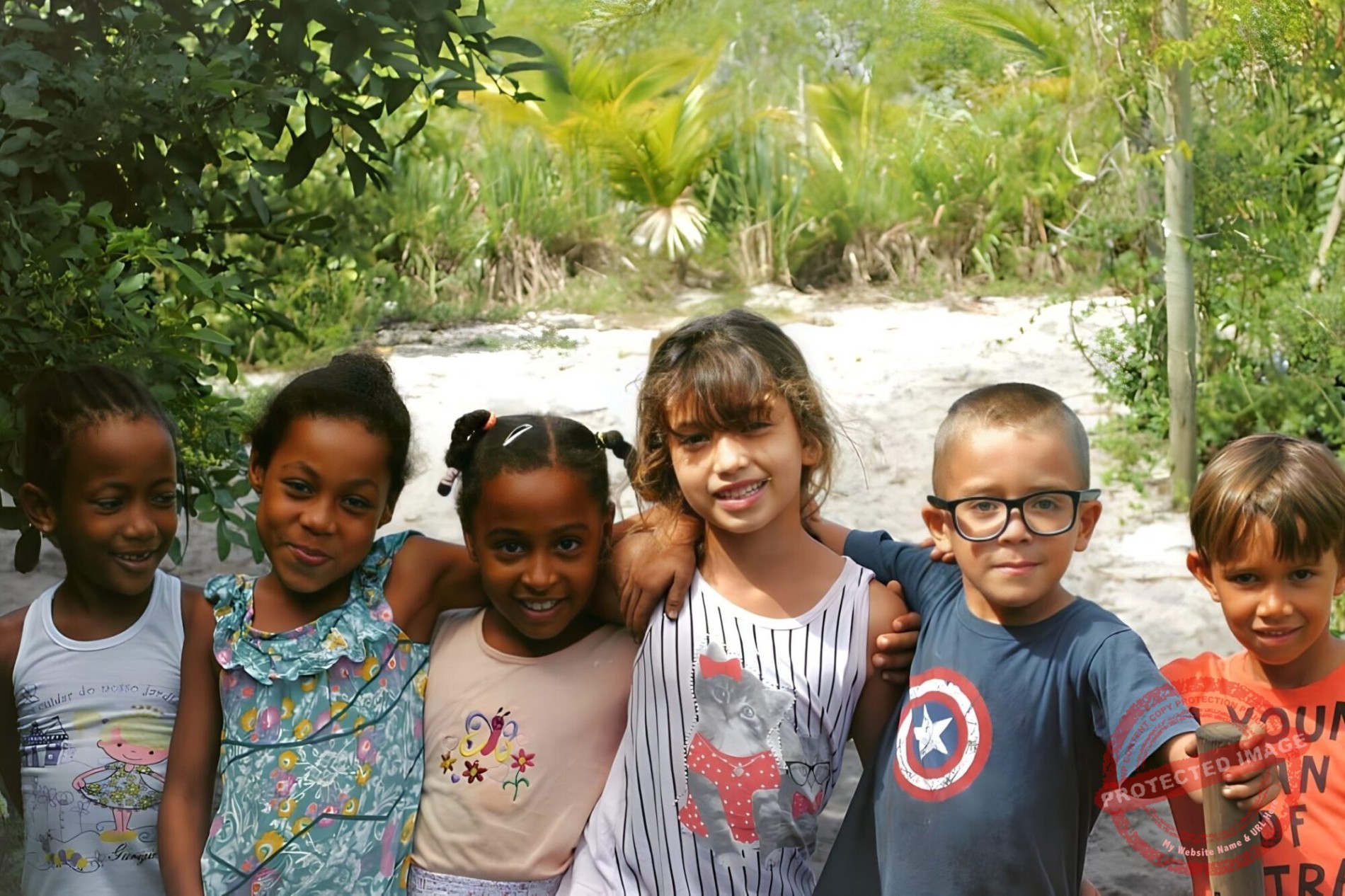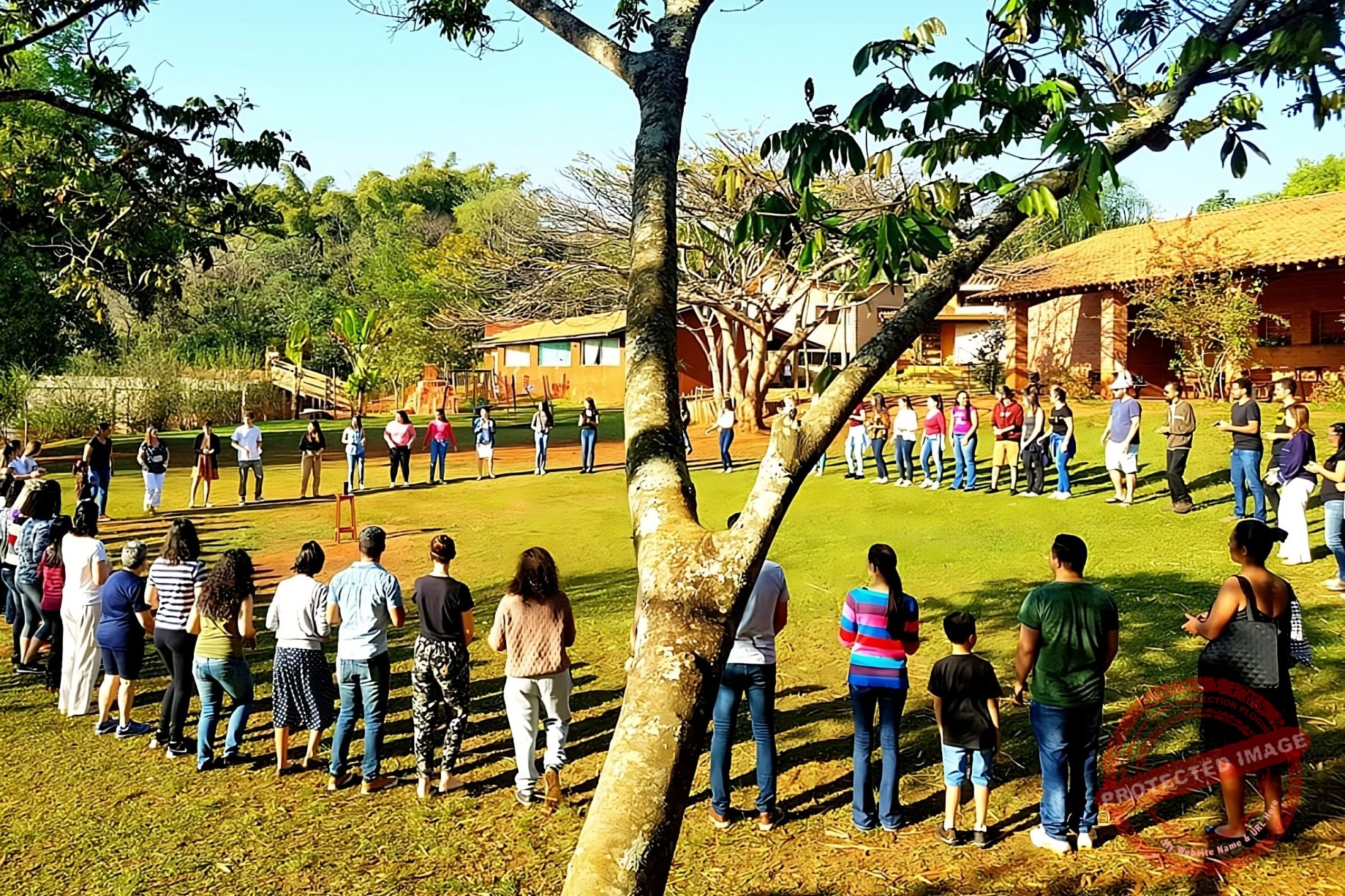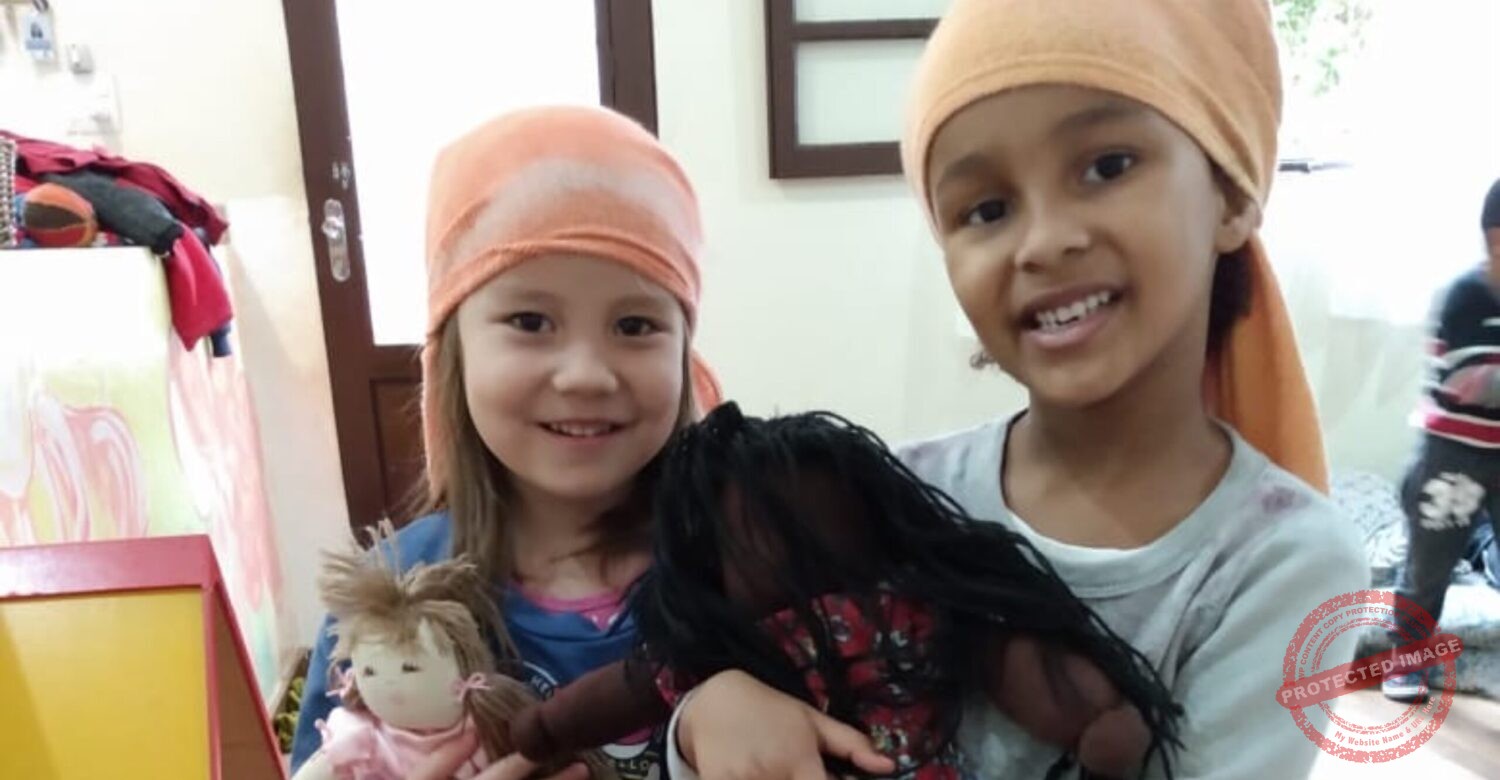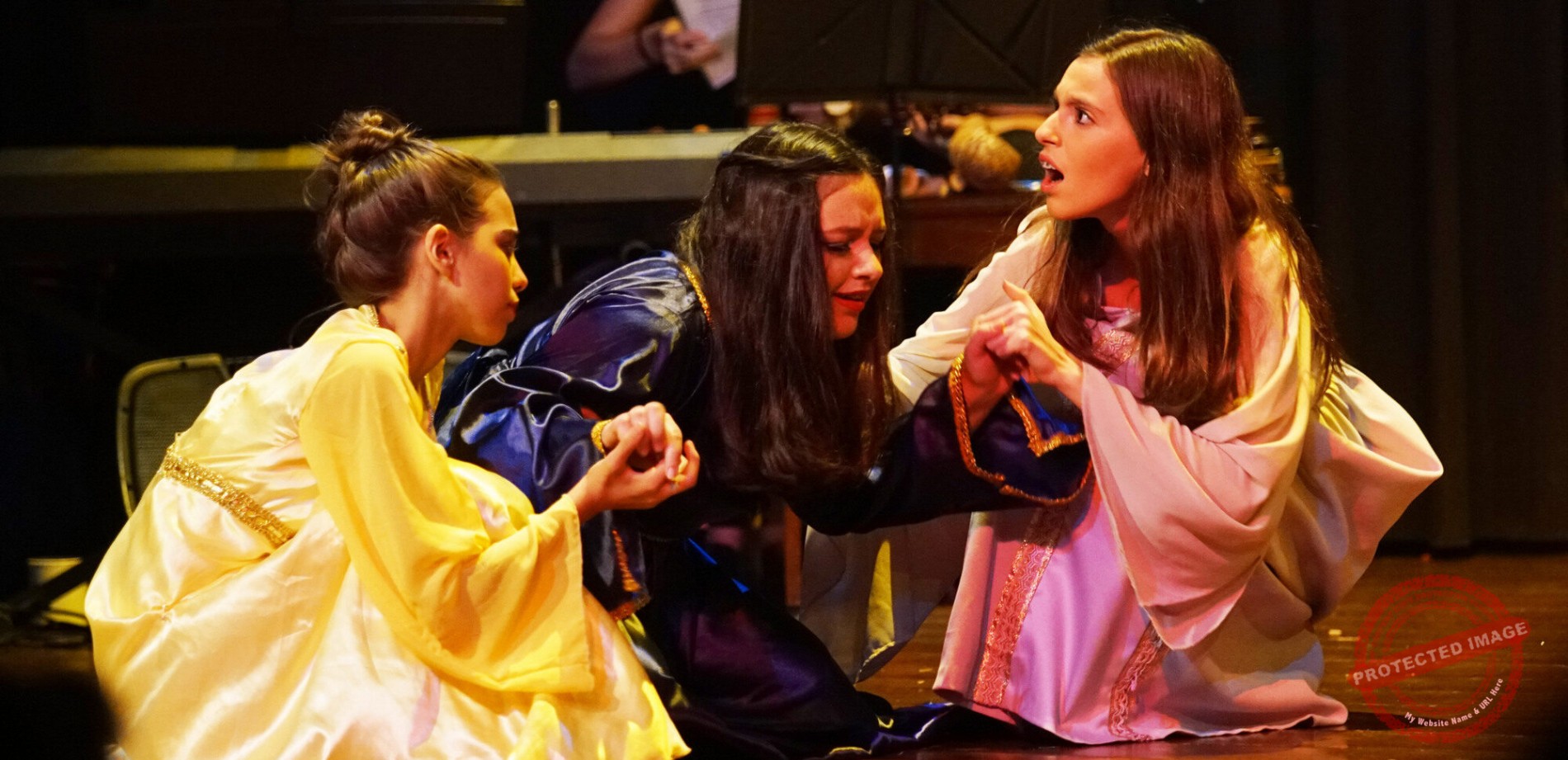[print-me target="body"]
A summary of the main features
Foto de Tatiana Cristina de Abreu
Escola Waldorf Guayi – Embu das Artes SP
Waldorf Pedagogy was created by the Austrian philosopher Rudolf Steiner, and the first school to use it was founded in 1919 in Stuttgart, Germany. It becomes more widespread every year, and is already adopted in about 1100 schools and 2000 Kindergartens in more than 80 countries on 5 continents. This is because it has a lively, dynamic and integrated curriculum, as well as its concern for the global development of students, their individual differences, and an emphasis on helping them discover their capabilities and fulfill their potential. This curriculum is developed on an anthropological/anthroposophical basis, bearing in mind the physical, emotional and spiritual evolution of the human being.
Here is a summary of the main characteristics of Waldorf Pedagogy for kindergarten and elementary school:
1. Kindergarten
The proposal of Waldorf Pedagogy for the first seven years is to create an environment conducive to training and not a preschool with information or formal education. The Waldorf Kindergarten is an extension of the home and not a pre-school classroom. In preschool age, the child's performance is largely developed in the simple form of play. Playing, the child has the opportunity to satisfy his curiosity, experimenting and discovering multiple materials. A child's way of playing is influenced by imitation and fantasy. Therefore, great importance is given to fairy tales and other resources that stimulate your fantasy: pieces of wood, seeds, cloth, paper, watercolor paints, crayons, modeling clay, shells, stones, stumps, etc. It is also important to have a wooded environment, sandboxes, water, scales, slides, bridges. Every environment must be suitable for coexistence and fantasy. Eurythmy and music are introduced as weekly activities.
2. Elementary education – from 7 to 14 years old
In this second seven years of life, the child develops his emotional life and his connection with the world and with people. In her day-to-day life, she fundamentally needs rhythm and also needs to learn the contents through a connection with her feelings. What a child does not experience, what he does not get involved with or cannot establish an affective connection with, will be something merely decorated or mechanical and will tend to be forgotten over time. For this reason, the curriculum develops its subjects in a way that students can integrate in their learning: the development of wanting (activities of doing), of feeling (poetry, art and music related to themes that touch the child internally and that are in according to their age) and the development of thinking. In the latter, the objective is to create conditions for the child to learn to think and not simply memorize the correct answers. Finally, practical activities – such as assignments, trips – will lead students to the concrete application of knowledge.
3. The teacher's continued performance
Each group of students entering the first year will have a class teacher, who will accompany this class, whenever possible, during the 8 years of Elementary School. In addition to teaching the basic subjects for which they are able, the teacher has, due to the intense interaction with the students, the possibility of getting to know each child in depth and carrying out a more individualized follow-up, and focused on the needs of each one of them. In the Waldorf school, the class teacher has the mission of being the Educator of his class, and the core of his relationship as an educator is with the students, not with the subjects. He also accompanies the group on trips, establishes a link with the children's families and seeks to create an integrated social group between them and the school.
4. Teaching in times
Waldorf Pedagogy uses teaching in seasons to allow students to go deeper into the major themes brought up. Thus, for example, a period of History is given for 3 or 4 weeks, during which the student experiences an integration of subjects around the topic addressed. You can follow a period of Mathematics or Portuguese and so on, the periods unfold throughout the year. Teaching in seasons allows students to receive content in a way that is not fragmented or disconnected from the whole, or even superficially. Through this system, the child can effectively “dive” into each subject and experience it deeply.
5. The threefold form of a class
In order to deepen the basic contents (mathematics, Portuguese, history, geography, mineralogy, chemistry, etc.) the initial class, which is given by the class teacher, lasts for two hours, followed by a composition that aims to work harmoniously on the development of the child's will, feeling and thinking. The class comprises activities that aim to develop skills: physical/bodily, imaginative, memory, logical reasoning, reflection, artistic, diction and others.
6. The integration of art in the curriculum content
The artistic element is not used as a faculty in itself, but as a didactic vehicle for all subjects. From the 1st year of Waldorf onwards, supplementary subjects such as Instrumental Music, Singing, Crafts, Applied Arts, Painting, Drawing, Form Design, Eurythmy, Physical Education, Declamation, Dramatization and Theater, accompany the curriculum and are developed in a according to age. These subjects represent not only a curricular complement, but are part of a whole that will provide the child with a healthy and global development. The content of each subject follows the main line. This “line” weaves the scenario in which the child's flowering and the development of the skills necessary for its harmony will take place. In this scenario, she will also be able to externalize her individual abilities.
7. Parent involvement
It is very important for a child to have relationships with family, school and friends. Thus, it is essential to integrate Family and School. To this end, meetings are held in which they talk and learn about the child. Each class teacher holds bimonthly parent meetings and two annual class get-togethers, in addition to other school events, activities, and lectures. These activities aim at the same ideals: to make life and education that the child receives the best basis for their harmonious development as a human being. Every Waldorf School has as its principle the active participation of parents in their child's school life.
Credits: this text was based on texts available on the website of Escola Waldorf Micael de São Paulo.
***







